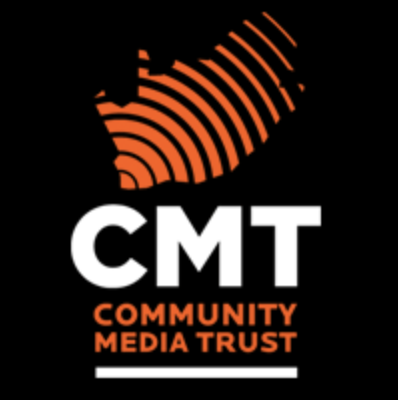Mother and Child
In 1994, researchers found the first evidence that the antiretroviral drug AZT could reduce the risk of mother-to-child transmission of HIV. Initially, it was thought that the high cost of treatment would make it unsuited for use in developing countries.
Then a study in 1998 showed that a short course of AZT, from only week 36 of a pregnancy, could significantly reduce the risk of transmission. In 1999, similar efficacy was found with the antiretroviral Nevirapine taken at birth.
This meant that the tools existed to prevent HIV infection in many thousands of babies. It was estimated that in 1998 up to 70 000 children were born with HIV in South Africa. Yet, despite some initially positive signs, like a pilot programme run in a number of sites across
the country, it soon became clear that the South African government had little interest in providing pregnant women with protection for their babies.
This refusal to provide antiretroviral treatment was rooted in the AIDS denialist views of President Mbeki and his health minister. They argued that AZT was toxic and too expensive. In March 1999, TAC held its first demonstrations in Cape Town and Durban and at Chris Hani Baragwanath Hospital, calling for a national prevention of mother-to-child transmission programme.
TAC takes Manto to court
Government did not respond to TAC’s pressure. So in 2001 the Campaign took the minister of health, Manto Tshabalala-Msimang, to court to force her to allow facilities in the public health system to provide Nevirapine or other suitable antiretrovirals to pregnant women with HIV. TAC won the case in the Pretoria High Court. The state appealed and the case ended up in the Constitutional Court. On 5 July 2002, it handed down a unanimous verdict in TAC’s favour.
Constitutional Court victory
The court found that South Africa’s Constitution ‘required the government to devise and implement within its available resources a comprehensive and co-ordinated programme to realise progressively the rights of pregnant women and their newborn children to have access to health services to combat mother-to-child transmission of HIV’.
In January 2008, the Department of Health, after much pressure from TAC, the South African National AIDS Council and others, announced long-overdue new guidelines for the prevention of mother-to-child transmission. These guidelines for the first time
stipulated that dual therapy should be used in the public health system to reduce HIV transmission to infants.
This section of the archive focuses on TAC’s struggle to get the public health system to provide Nevirapine or other suitable antiretrovirals to pregnant women with HIV, and the Constitutional Court victory arising out of it. Footage includes the following topics:
• The Khayelitsha Site B Clinic pilot study
• Why the prevention of mother-to-child transmission is important
• The struggle to prevent mother-to-child transmission, breastfeeding
• TAC demands AZT or Nevirapine
• TAC takes Manto to court
• Constitutional Court victory




